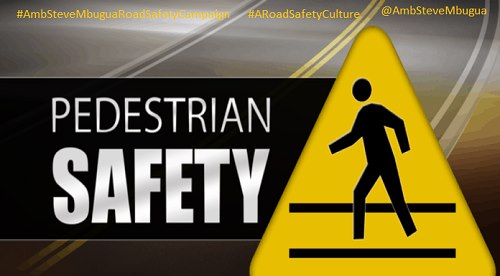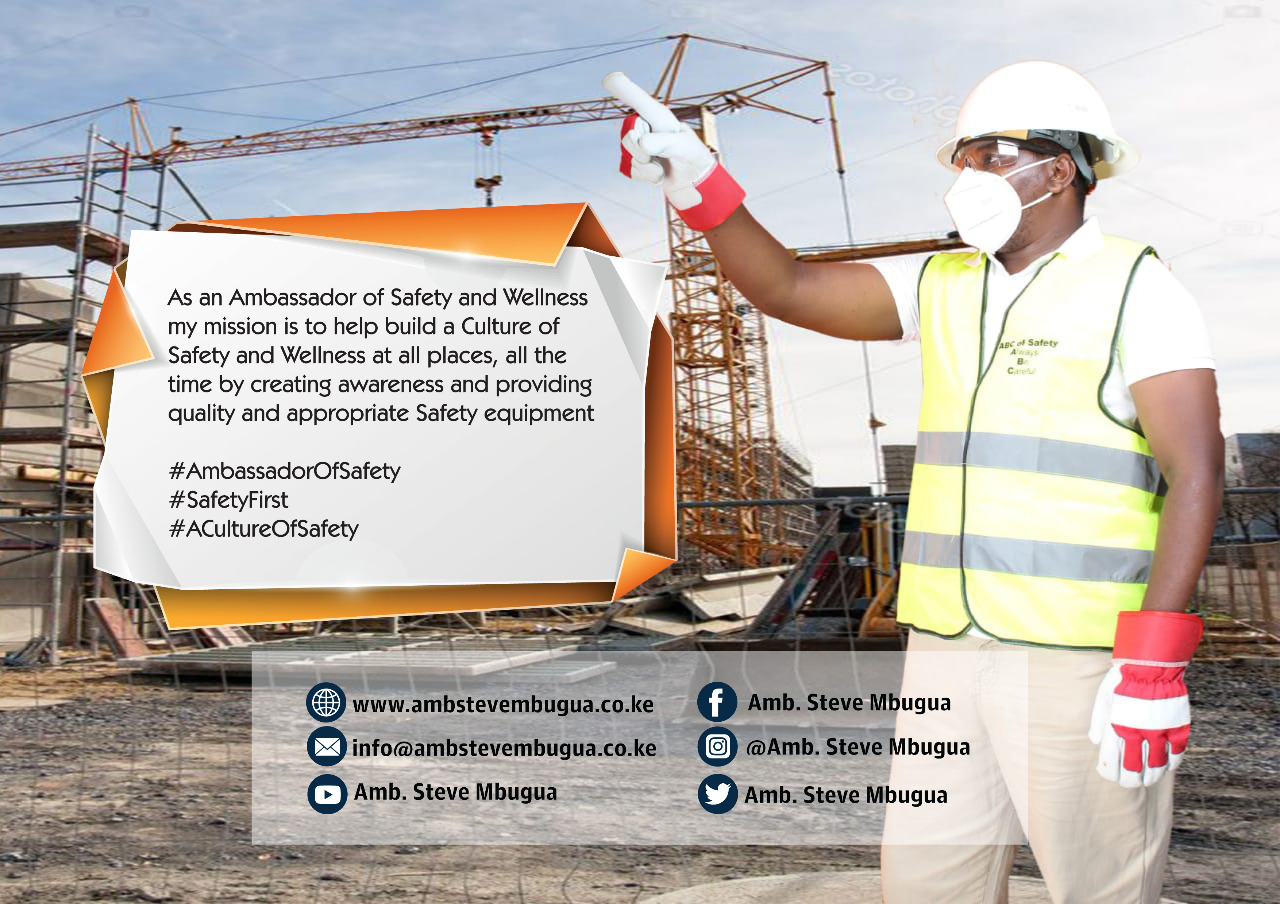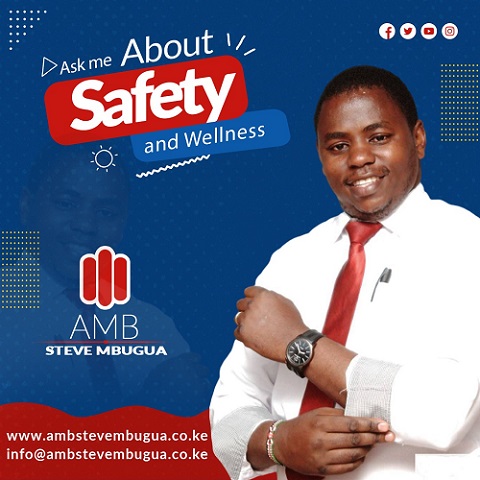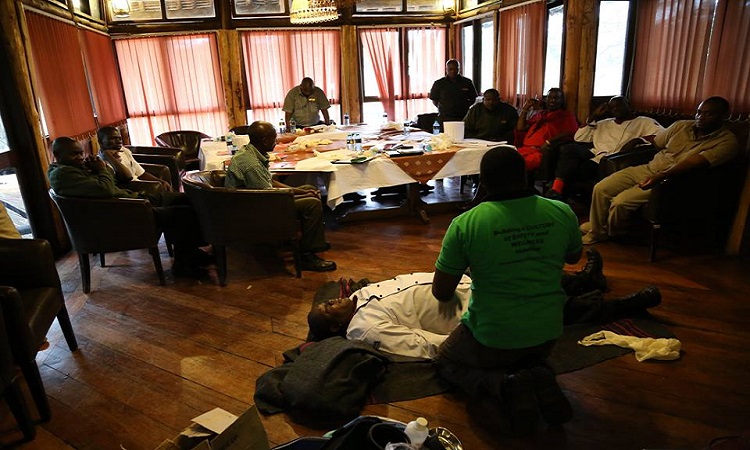With today’s threats against Houses of Worship, Churches must be prepared to ensure their congregant’s safety. Safety and protection is an essential part of church security. Does your House of Worship have a security plan to mitigate threats? An emergency plan to execute a response if a hazard occurs? Do you have trained staff and volunteers to implement the security plan? These are questions you must ask yourself as a church leader. My goal is to help you answer these questions to ensure a safe and secure place to worship.
Churches needs to put in place policies, guidelines and regulations. Security policies are the Church’s security rules to ensure safety and security are followed by the staff and members to alleviate potential risks. Without policies and procedures, staff cannot be adequately trained to ensure the security of the Church. Security procedures are step by step directions for staff to follow should a threat or emergency occur.
It requires increasing church security by having a proper security plan, procedures, physical security, training, and implementation. The entire goal is to keep the plan simple and easy to follow for everyone that is required to execute the plan. The plan should not be written at a college student level but simple enough that any person can follow should a security or emergency incident occur.
Training is the key to ensure the security plan is followed correctly and executed. Church security teams can train through tabletop exercises and test the site’s security plan through various attacks that could occur. It is a practical skill based session that I take through the participants in very simple ways that regardless of the intellectual levels they can understand and apply. Training will bring out any vulnerabilities in the plan and will help better prepare everyone should an emergency arise. This will allow stakeholders to go back to the drawing board to fix any issues during training to be revised and updated in the plan.
Church Security Assessment
To understand the vulnerabilities of a church’s security, it first requires a church safety assessment. It determines weaknesses and probable threats that could create a loss event. A church security assessment will allow the security consultant to understand better the threats, vulnerabilities, and the impact of any loss events. The security measures for churches can be decided after the physical security assessment.
This process is part of the security survey to discover weaknesses in security and to implement the recommended countermeasures for Houses of Worship. It is the first and essential step to conduct a security assessment to help plan your House of Worship’s security program. When the initial security assessment is finished, an annual follow-up security survey is required to monitor any modifications that may have occurred. Complacency is among the biggest challenges in Houses of Worship. We tend to believe people are good, so no one anticipates anything terrible happening at a Church. That’s not true. Not all individuals are good people, and victims of violent attacks will usually say that they never believed an attack would happen to them.
Some of the areas that I cover in my church safety and security trainings are: –
1. Introduction to Church Safety and Security
2. How to Create an Atmosphere of Safety and Awareness
3. Organizing and Operating a Security Ministry
4. How to Conduct a Risk Assessment
5. Church Safety Team Basics
6. Fire Safety in the Church
7. Preparing Your Church for Natural Disasters
8. Protection of Children and Vulnerable Adults in the Church
9. Disruptive Individuals: How to De-escalate the Situation
10. Responding to Critical Incidents and Emergency Preparedness
With your plan completed, you will need to set aside some time to train your team and others. Make sure everyone involved completely understands the plan and they can execute it without you. In a real emergency, the team should know exactly what to do without promptings by you.
Your team may need some equipment to work the plan. Keep in mind there is a difference between Must-Haves and Nice-to-Haves. In a Fire incident, Fire Extinguisher is a mast have and automatic fire safety equipment are nice to have. In a medical emergency, it would be nice to have an AED (which may be too expensive for your church), but a CPR face mask is a must have. Ask yourself, “What equipment do we really need for the plan?” And once again, think Progress Over Perfection.
Is your church really prepared to meet the basic needs of the congregation during an unexpected emergency? Or, will the enemy use the tools of chaos and disorder to destroy your efforts and image within the community?
Church security is an ongoing process that involves evaluation, education, and training. Whether you’re just getting started or already have a mature security team, make sure your volunteers and staff have the knowledge, skills, and practice they need to perform their jobs well.
This is a 6hrs Training session which I recommend to have all church departments representatives as part of the training together with all ushers, security team and church staff. To book for a training please email info@ambstevembugua.co.ke
www.ambstevembugua.co.ke
#SafetyFirst
- AMB STEVE MBUGUA
- October 15, 2021
CHURCH SAFETY AND SECURITY
Edified by this? share with your friends and loved ones

About the Author
AMB. STEVE MBUGUA
Amb. Steve Mbugua is an enthusiastic Ambassador of Safety and wellness with in-depth training, safety advisory and Workplace Safety Behavior Change Coaching experience. He is the Founder and Executive Director of Makinika Afrika Int’l , a Health and Safety Training Firm in Kenya and Group CEO Nairobi Safety Shop Limited, the largest Security, Safety and Health Store in the East and Central Africa and Managing Director, Stewa Safaris Kenya Limited a Premier Tours and Travels Company in Kenya.
Social Handles
Explore More Blogs

The Dynamics of Fatherhood and Sonship in the 21st Century
Fatherhood and sonship are deeply rooted concepts within Christian

Latest Trends In Occupational Health And Safety
As an Ambassador of Safety my mission is to

Safety Tips for Pedestrians
Safety Tips for Pedestrians Pedestrians account for more than

Space and Aerospace Safety
Space and aerospace exploration has always captured the human

Conducting Safety Training Sessions, Seminars, Conferences, and Workshops
Since 2012 as an Ambassador of safety Trainer I

COURAGE TO KEEP GOING ON PAST LIFE’S HURDLES
Ever looked at Eliud Kipchoge or Usain Bolt in

Behavioral Occupational Health and Safety
Behavioral Occupational Health and Safety (OHS) focuses on understanding

The Plight of Church Ushers, Protocol Officers, Intercessors, and Other Church Workers: A Call to Action for Their Wellness
1. Introduction Importance of Church Workers Church workers, including

Understanding Suicidal Feelings
Suicidal feelings represent an overwhelming sense of hopelessness, often









